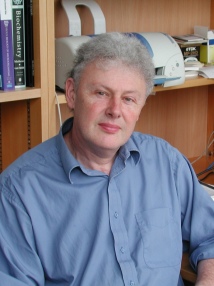BibTex format
@article{Waite:2017:10.1128/mBio.02273-16,
author = {Waite, CJ and Schumacher, J and Jovanovic, M and Bennett, M and Buck, M},
doi = {10.1128/mBio.02273-16},
journal = {mBio},
title = {Negative autogenous control of the master type III secretion system regulator HrpL in Pseudomonas syringae},
url = {http://dx.doi.org/10.1128/mBio.02273-16},
volume = {8},
year = {2017}
}

